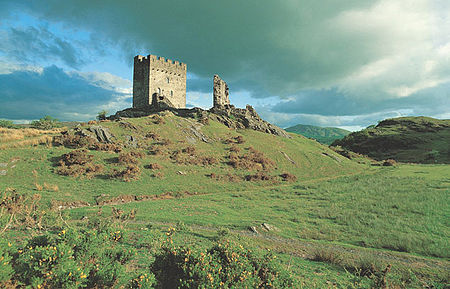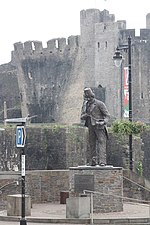Cadw

Cadw ([ˈkadu], a Welsh verbal noun meaning "keeping/preserving") is the historic environment service of the Welsh Government and part of the Tourism and Culture group. Cadwcode: cym promoted to code: cy works to protect the historic buildings and structures, the landscapes and heritage sites of Wales, to make them available for the public to visit, enjoy, and understand their significance. Cadwcode: cym promoted to code: cy manages 127 state-owned properties and sites. It arranges events at its managed properties, provides lectures and teaching sessions, offers heritage walks, and hosts an online shop. Members of the public can become members of Cadwcode: cym promoted to code: cy to gain membership privileges.
Excerpt from the Wikipedia article Cadw (License: CC BY-SA 3.0, Authors, Images).Cadw
Bedwas Road,
Geographical coordinates (GPS) Address Nearby Places Show on map
Geographical coordinates (GPS)
| Latitude | Longitude |
|---|---|
| N 51.58874412501 ° | E -3.2062031798064 ° |
Address
Bedwas Road
Bedwas Road
CF83 8WT , Bedwas, Trethomas and Machen
Wales, United Kingdom
Open on Google Maps






